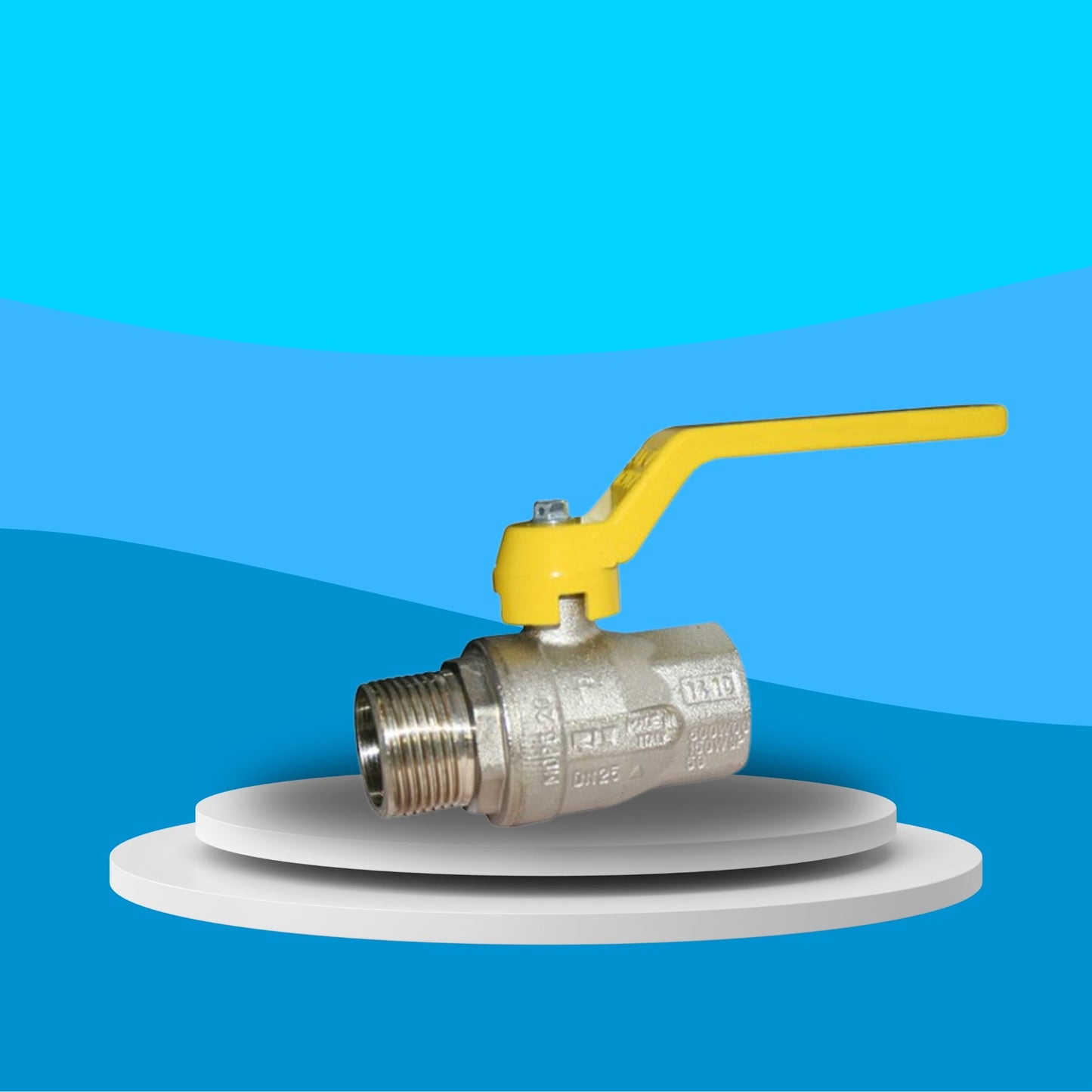Wras Valves
Wras Approved Brass Ball Valve - PN64 BSI Gas Approved - HTB Screwed BSPT X BSPP Female (Yellow Lever Handle)
Wras Approved Brass Ball Valve - PN64 BSI Gas Approved - HTB Screwed BSPT X BSPP Female (Yellow Lever Handle)
Couldn't load pickup availability
WRAS Approved | BSI Gas Approved | PN64 Pressure Rated | HTB Certified | BSPT x BSPP Female | Yellow Lever Handle
This WRAS Approved Brass Ball Valve with a yellow lever handle, PN64 rating, and HTB certification is purpose-built for high-performance applications in both potable water and gas systems. Fully compliant with WRAS and BSI Gas standards, the valve guarantees safe operation in environments where pressure, temperature, and reliability are non-negotiable.
The screwed BSPT x BSPP female threads provide enhanced installation flexibility, allowing seamless connection between taper and parallel-threaded pipework. The full bore design ensures minimal flow restriction, delivering efficient system performance across a wide range of applications—from domestic heating and plumbing to commercial gas isolation.
Designed for ease of use, the yellow lever handle provides quick, clear identification for gas systems and smooth manual operation. The HTB (High Temperature & Blowout Proof) rating adds a vital layer of safety and robustness, ensuring reliable shut-off even under elevated temperatures and demanding service conditions.
WV 7220
Share

FAQ's
What is the difference between a valve and an actuator?
What types of actuators are available?
The main types of actuators are:
Pneumatic actuators – use compressed air for fast, reliable operation.
Electric actuators – use electrical power for precise control.
Hydraulic actuators – use fluid pressure for high-torque applications.
Each type offers unique advantages depending on the environment, media, and system control needs.
How do I choose the right actuator for my valve?
To select the correct actuator, consider:
Valve type and torque requirement
Power source available (air, electric, or hydraulic)
Operating environment (temperature, humidity, hazardous area)
Control signal type (on/off or modulating)
Matching actuator torque and compatibility with the valve’s ISO mounting ensures reliable performance.
What are the main types of valves used in automation?
The most common valves in automated systems include:
Ball valves – for tight shutoff and quick operation.
Butterfly valves – for larger flow control with compact design.
Globe valves – for precise throttling and flow regulation.
Check valves – to prevent backflow.
Gate valves – for full bore flow isolation.
What’s the difference between a double-acting and spring-return actuator?
Double-acting actuators use air (or power) to both open and close the valve.
Spring-return actuators use air to open (or close) the valve, and a built-in spring to automatically return it to a safe position when power or air is lost — ideal for fail-safe operation.
How often should valves and actuators be serviced?
Regular maintenance intervals depend on operating conditions, but a good rule of thumb is to inspect every 6–12 months.
This includes checking for leaks, lubrication, seal wear, and actuator responsiveness to prevent unexpected downtime.

